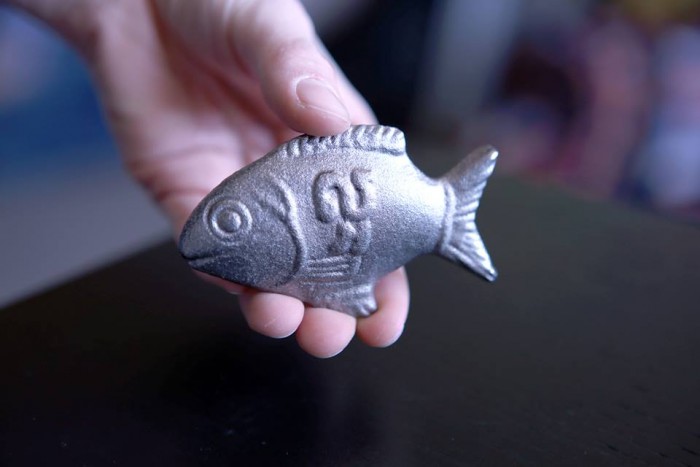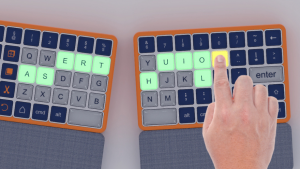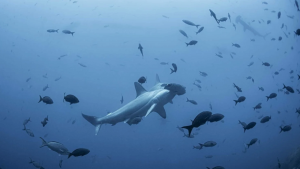
A small lump of iron shaped like a fish won Geometry Global Agency Dubai the Grand Prix Lion for Product Design at the Cannes Lion Awards last week.
Every year someone walks onto the Cannes Lion stage to collect an award and is immediately drenched in a media storm as to whether they were worthy of it. This year it was Geometry Global’s turn.
The “Lucky Iron Fish” is tackling the widespread problem of anaemia among rural Cambodians caused by their simple diet of mostly rice and fish. The little iron fish is dropped into a pot of cooking food and substantially increases a family’s daily iron intake.
It’s a project worthy of recognition mainly because it is a simple, low-cost solution to the debilitating side-effects caused by iron deficiency that are crippling poorer Cambodian communities.
But did the award go to the right agency?
This was a question raised, or rather rioted, on social media immediately after the announcement.
The actual creator of the little fish in question is Chris Charles, a Canadian scientist who in 2008 undertook in-depth research into the extensive illnesses affecting large portions of Cambodia’s population. He identified the underlying cause as iron deficiency and came up with the idea of adding a block of iron to food during the cooking process. Cambodians were initially skeptical, but after further research he shaped the block into a fish, a symbol deemed lucky by the nation. The small design change, eventually released in October 2014 as Lucky Iron Fish, received a far more positive response.
The controversy brewing over the award concerns the video filmed by Gary Tranter and Matt Cullen, co-founders of Singapore media agency Arcade. The two followed Charles around Cambodia to document this particular project for a job they were doing for Google.
Geometry Global Agency were assigned to do publicity for Lucky Iron Fish and, according to Tranter, approached him to use the video for PR purposes, only to generate income for the project.
Geometry Global then put together its own case study using the footage, music and exact words from Trantor and Cullen’s script, that he says, “implies that agency Geometry spotted a need, came up with the Iron Fish idea and somehow designed the little fish”.
Both Charles and the two Arcade founders were listed in the awards credits but had no idea about the Cannes Lion entry until they were mistakenly congratulated on social media for winning the award.
Tranter summed up their version in an online response:
If winning at Cannes is part of the PR awareness drive, I've got no problem at all with it, but I don't think you should claim an idea and design when it's not yours.
However, Geometry Global denied making any such claim. The agency said it had simply misunderstood Cannes’ rules that there could only be one “entrant company” for all categories, and entered into the Product Design category on behalf of and with the permission of Lucky Iron Fish so that the product could receive a wider audience. The agency claims that it hadn’t realised that Lucky Iron Fish’s original creative team could enter themselves.
The matter has now been resolved, with both Cannes Lion and Geometry Global agreeing that Charles and his team should be the sole recipient of the award and thus it was handed over.
But social media storms don’t die that easily and an easy resolution doesn’t often satisfy the masses. While the social media storm uncovered the award’s rightful recipients, it cast doubt on Geometry’s intentions thanks to Arcade’s “stirring of the iron pot”. Some people are now turning on Arcade, accusing Tranter and Cullen of plotting to discredit Memac Ogilvy MENA, one of a group of companies that merged to become Geometry Global Dubai, and the duo’s former employer.






